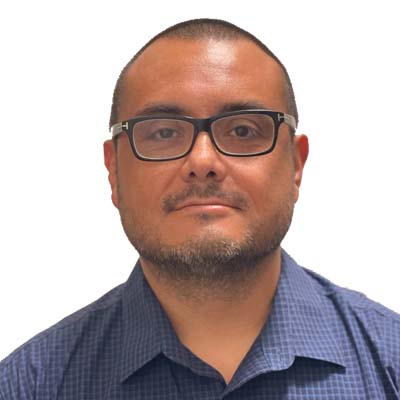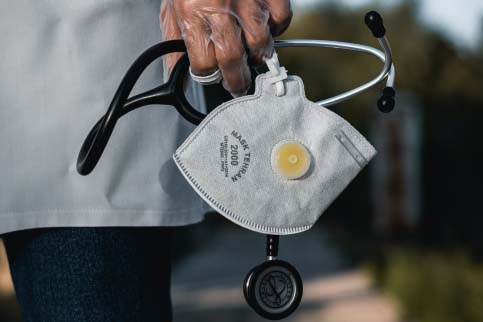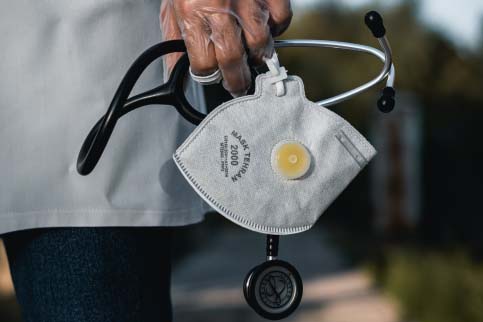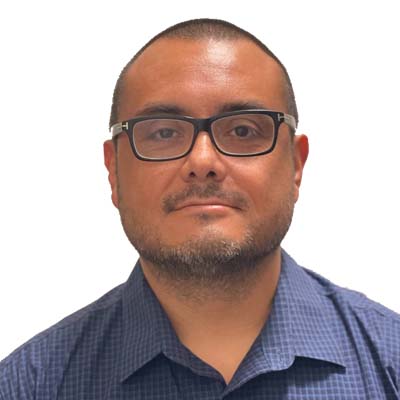Building Healthcare Equality in My Community
Kaweah Delta is a public healthcare district serving Tulare County, which is one of California’s poorest and home to a large unsheltered population. As a Visalia native, I chose to practice here in order to give back to my community. Many of my emergency medicine colleagues, students, and residents at Kaweah Delta Medical Center likewise share a special connection to this place and a motivation to serve the underserved.
I was inspired to launch Care Without Boundaries (as our street medicine program is now known) after volunteering at a local homeless shelter where many residents were suffering from unaddressed health problems. From the start, my colleagues and students were keen to accompany me to the encampments and were always moved by the experience.
Care Without Boundaries is funded by community organizations that donate resources and supplies. In addition, we recently won a Vituity Innovation Grant, which enabled us to purchase several virtual care tablets. This has greatly expanded our outreach by allowing our ED clinicians to provide telehealth coverage for our student- and resident-driven street teams.
Care Without Boundaries helps to build trust and goodwill between unsheltered patients and Kaweah Delta providers. When street medicine patients see our familiar faces in the ED, they’re noticeably relieved. The program has also been enormously satisfying for clinicians and students, who say it brings meaning and satisfaction to their practices. On a few occasions, team members literally saved lives by recognizing heart attack or stroke symptoms and rushing the patient to the ED.
Keeping the Joy in Medicine
Adventist Health and Rideout (formerly Rideout Memorial Hospital) serves the small city of Marysville in Greater Sacramento. The area is home to about 1,000 unhoused residents, many of whom live in encampments along the Feather River. A 2019 survey conducted by the Yuba City Council found high rates of chronic illness and mental health and substance use disorders in the unsheltered population.
Adventist Health and Rideout responded by creating a street nursing program. Nurses visit the encampments to provide direct care and deliver sanitary supplies. In addition, clinicians at the hospital take turns providing telehealth coverage to the program, consulting as needed with the nurse and patient via a virtual care tablet.
Originally, the emergency department clinicians provided about 2.5 hours of coverage each weekday to street nursing. Thanks to a Vituity Innovation Grant, this was extended to seven hours per weekday in May 2021. The program is currently funded through spring of 2022.
“Street nursing has helped us to embed care in the homeless camps, which previously were very hesitant and resistant to outsiders,” says Adventist Health and Rideout’s ED Medical Director Kamara Graham, MD. “We’ve combined forces with our street nurses, our substance use navigator, and our county mental health worker and have had some wonderful success stories. This is really the type of initiative that helps us keep the joy in medicine.”
The Power of Meeting Patients Where They Need Us
At Vituity, these programs are not unique. The germ of an idea from a clinician like me becomes a reality through the support of passionate colleagues who give their time and resources to serve our communities.
Most recently, the Vituity Cares Foundation has launched its own street medicine programs. Partnering with local organizations, volunteer teams are holding pop-up clinics that provide food, clothing, and essential medical services to unsheltered communities in Skid Row in Los Angeles and in Oakland.
I’m proud that our programs are part of a national trend. Street medicine is just one way clinicians and health systems are meeting cultural demands for better access, equity, and experience in healthcare. At Vituity, we call this patient-centric paradigm Health in Place.
For me, the street medicine experience has brought great joy and satisfaction to my practice. I chose to return to my hometown in order to give back to the community I consider family. As the pandemic illuminated, we are each only as healthy as the most vulnerable among us. So by helping our unhoused neighbors, I know I’m creating a healthier future for all of us here in Visalia.
Learn more about Vituity’s commitment to healthcare justice.

























